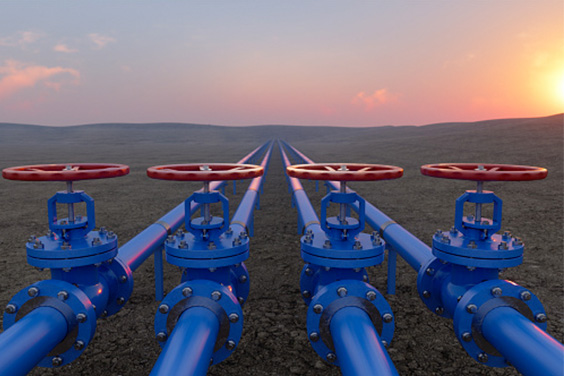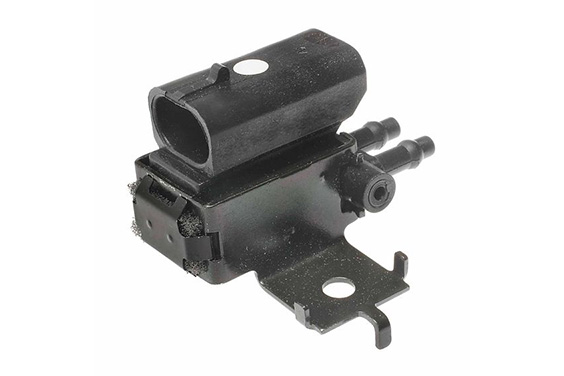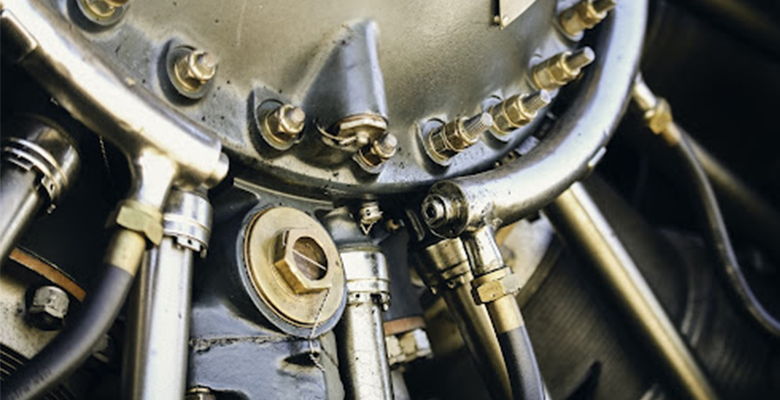A check valve is a simple device that helps keep your plumbing system functioning properly. The purpose of a check valve is to ensure that water flows in the correct direction and prevents reverse flow. Without a check valve, your plumbing system could become backed up and cause all sorts of problems! In this blog post, we will take a closer look at what a check valve does and how it works. We will also discuss some of the benefits of using a check valve in your plumbing system. Stay tuned!
What Does A Check Valve Do
- The check valve is a simple device that allows fluid to flow in one direction only. It has a spring-loaded ball inside, which opens when the pressure on it is less than the pressure of the fluid. This allows fluid to pass through it, but closes if there’s a higher pressure on the other side of it.
- Check valves are used in many different applications, including plumbing and industrial equipment. They’re very common in heating systems and cooling systems because they can stop the flow of coolant or water from one system into another. The same principle is used for protecting sewage lines from backflow.
- A check valve is often placed between two components that operate under different pressures, such as a pump and a tank or between two tanks with different levels of liquid. If you have ever wondered why your toilet doesn’t fill up after you flush it, this is why: The check valve prevents water from flowing backwards into the tank after you flush it.
Where should a check valve be installed?
Check valves are an essential component of many plumbing systems, but they can be installed in a variety of locations. In general, check valves should be installed near the source of water pressure. This will ensure that the valve is able to close before water has a chance to backflow.
Additionally, check valves should be installed in horizontal pipes so that gravity can help to keep the valve closed. However, there may be some instances where it is necessary to install a check valve in a vertical pipe. In these cases, it is important to install the valve above the highest point in the pipe so that water cannot backflow. By following these guidelines, you can ensure that your check valve is properly installed and working correctly.
Do I need a check valve?
It depends on your specific application. If you’re concerned about backflow, or if you need to make sure that water only flows in one direction, then a check valve is a good choice. However, if you’re not worried about backflow and you don’t need to control the flow of water, then a check valve may not be necessary. Ultimately, the decision of whether or not to use a check valve depends on your specific needs.
What happens when the check valve fails?
If the check valve fails, it can allow backflow to occur. This can cause serious damage to the system by allowing contaminated water or other fluids to enter the system. In addition, backflow can cause pressure build-up, which can lead to leaks or even rupture the pipes. As a result, it is essential to regularly inspect and maintain check valves to ensure that they are functioning properly.
What is the purpose of a check valve in an air system?
A check valve is a valve that is used to prevent backflow in an air system. The valve opens when there is airflow in the correct direction and closes when there is airflow in the reverse direction. This prevents air from flowing back into the system and keeps the air pressure at a constant level.
Check valves are often used in air compressors, air conditioners, and other devices that use air pressure. They are also used in some plumbing systems to prevent water from flowing back into the pipes. without check valves, these systems would not be able to function properly.








